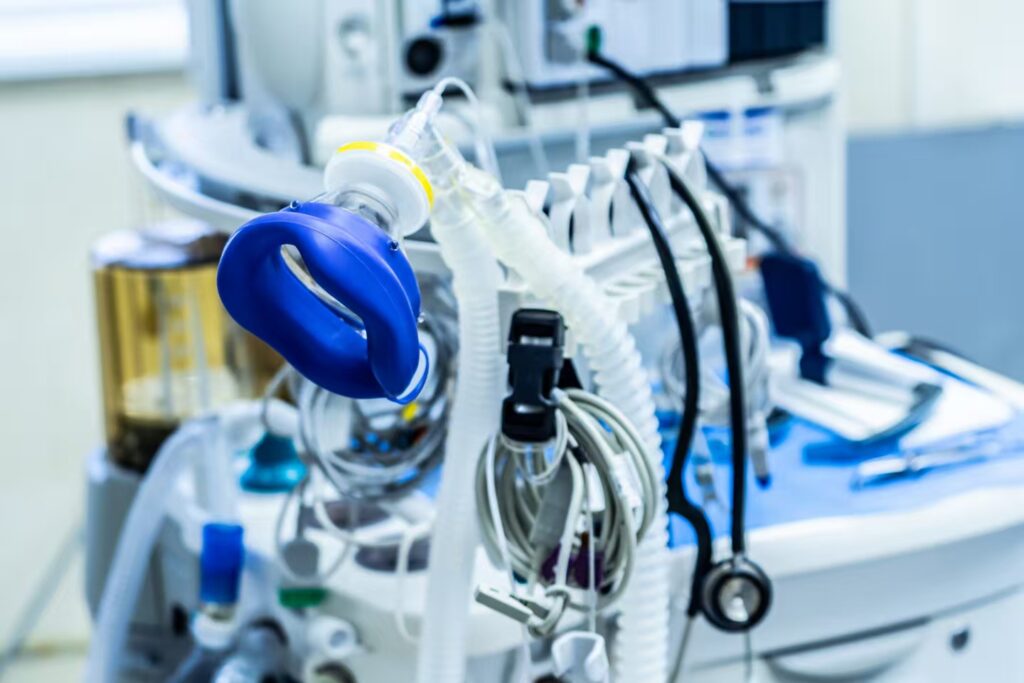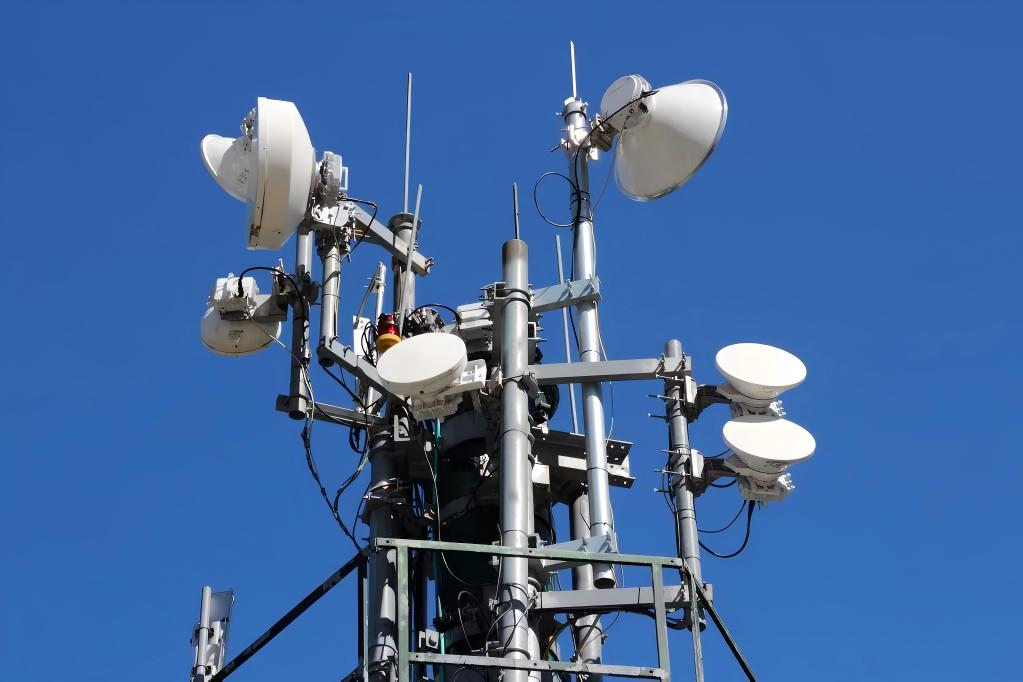Medical devices, wearable sensors, surgical instruments, and implantable products increasingly rely on medical grade adhesives. These specialized adhesives are engineered to meet stringent safety and performance standards, ensuring they can be used safely in direct or indirect contact with the human body.
But how do manufacturers prove that an adhesive is truly safe? The answer lies in strict medical adhesive safety standards governed by ISO testing, FDA regulations, and biocompatibility assessments.
This guide breaks down the essentials of medical adhesive safety standards—helping engineers, product developers, and procurement teams understand compliance requirements before choosing an adhesive.
Why Safety Standards Matter for Medical Adhesives
Unlike industrial adhesives, medical adhesives must:
Ensure patient safety during contact with skin, tissue, or bodily fluids.
Prevent adverse reactions such as irritation, cytotoxicity, or sensitization.
Comply with international regulatory frameworks to gain market approval.
Demonstrate long-term reliability in sensitive environments, such as surgical procedures or implantable devices.
Failing to meet these requirements can result in regulatory rejection, product recalls, or patient safety risks.
ISO Standards for Medical Grade Adhesives
ISO 10993: Biocompatibility Evaluation
The most critical ISO standard for medical adhesives is ISO 10993, which defines biological evaluation tests for medical devices. Adhesives must undergo:
Cytotoxicity tests – Ensuring the adhesive does not kill or damage living cells.
Sensitization and irritation tests – Checking for allergic or inflammatory responses.
Systemic toxicity – Evaluating if toxic substances leach into the body.
Implantation testing – Required for adhesives intended for long-term or internal applications.
ISO 13485: Quality Management Systems
Manufacturers must follow ISO 13485, a standard for medical device quality management, ensuring adhesives are consistently produced under strict quality controls.
FDA Regulations for Medical Adhesives
The U.S. Food and Drug Administration (FDA) regulates medical adhesives as part of the broader medical device approval process. Depending on the product’s intended use, adhesives may require:
510(k) Premarket Notification – Demonstrating substantial equivalence to a legally marketed adhesive.
Premarket Approval (PMA) – Required for high-risk Class III devices, involving clinical and laboratory data.
Medical Device Reporting (MDR) – Ongoing monitoring of safety and adverse events.
Additionally, adhesives used in wound closure, tissue bonding, or implantable devices may be classified as medical devices themselves, requiring direct FDA clearance.
Biocompatibility: What It Really Means
Biocompatibility refers to an adhesive’s ability to perform its intended function without causing harm to the patient. Testing typically includes:
Skin contact safety – Especially important for wearables and transdermal patches.
Mucosal safety – For adhesives used in oral, ocular, or nasal devices.
Implantable safety – Long-term evaluations inside the body.
A biocompatible adhesive must not trigger toxicity, inflammation, or immune rejection while maintaining bond strength.
Key Considerations When Selecting a Medical Grade Adhesive
Application Type – Skin contact, implant, wound closure, or device assembly.
Regulatory Pathway – ISO and FDA compliance specific to target markets.
Sterilization Compatibility – Adhesives must withstand autoclaving, gamma radiation, or ethylene oxide sterilization.
Performance Requirements – Bond strength, flexibility, and resistance to bodily fluids.
Supplier Certification – Only source adhesives from manufacturers with proven ISO/FDA-compliant processes.
Conclusion
Adhesives used in medical applications must meet rigorous ISO, FDA, and biocompatibility standards to ensure patient safety and product effectiveness. By understanding these requirements, manufacturers can select the right adhesive, streamline regulatory approval, and bring safe, reliable products to market faster.
When evaluating medical adhesives, always prioritize:
ISO 10993 biocompatibility testing
FDA compliance pathways
Certified suppliers with proven expertise
Choosing the right adhesive partner isn’t just about bond strength—it’s about ensuring safety, compliance, and trust in every medical device.
Partner with a Trusted Medical Adhesive Supplier
Meeting medical grade adhesive safety standards is essential for compliance, performance, and patient safety. That’s why choosing the right partner is just as important as choosing the right adhesive.
At USODAKE, we provide advanced ISO- and FDA-compliant medical adhesives designed for applications ranging from wearable devices and surgical tools to implantable medical products. With a strong focus on biocompatibility, quality control, and innovation, we help manufacturers bring safe, reliable products to market faster.
📞 Ready to discuss your adhesive needs? Contact us today:
🌍 Website: https://usodake.com
FAQs on Medical Grade Adhesive Standards
Q1: What makes an adhesive “medical grade”?
A medical grade adhesive is tested and certified for biocompatibility and regulatory compliance under ISO 10993 and FDA requirements.
Q2: Do all medical adhesives need FDA approval?
Not always. Approval depends on the adhesive’s intended use. Adhesives used directly in wound closure or implants often require FDA clearance.
Q3: How long does ISO 10993 testing take?
Testing can take anywhere from weeks to months, depending on the range of required evaluations (cytotoxicity, sensitization, systemic safety, etc.).
Q4: Can industrial adhesives be used in medical devices?
No. Industrial adhesives lack the required safety testing, regulatory approval, and biocompatibility certification.
Q5: What industries commonly use medical grade adhesives?
Applications include wearable health monitors, surgical devices, dental products, wound dressings, and implantable medical devices.






